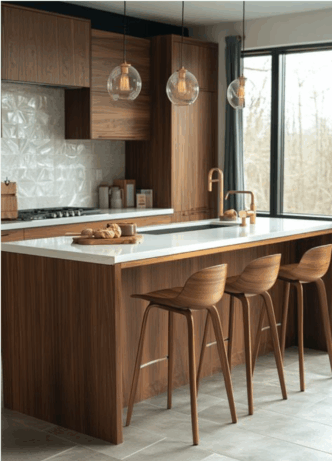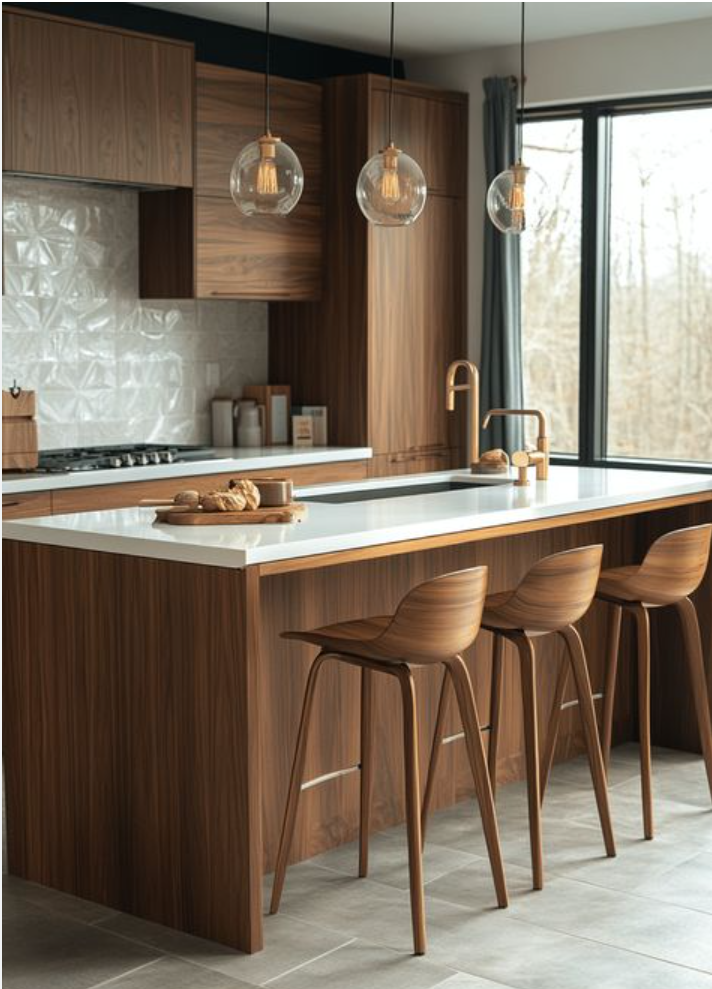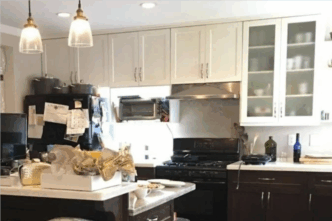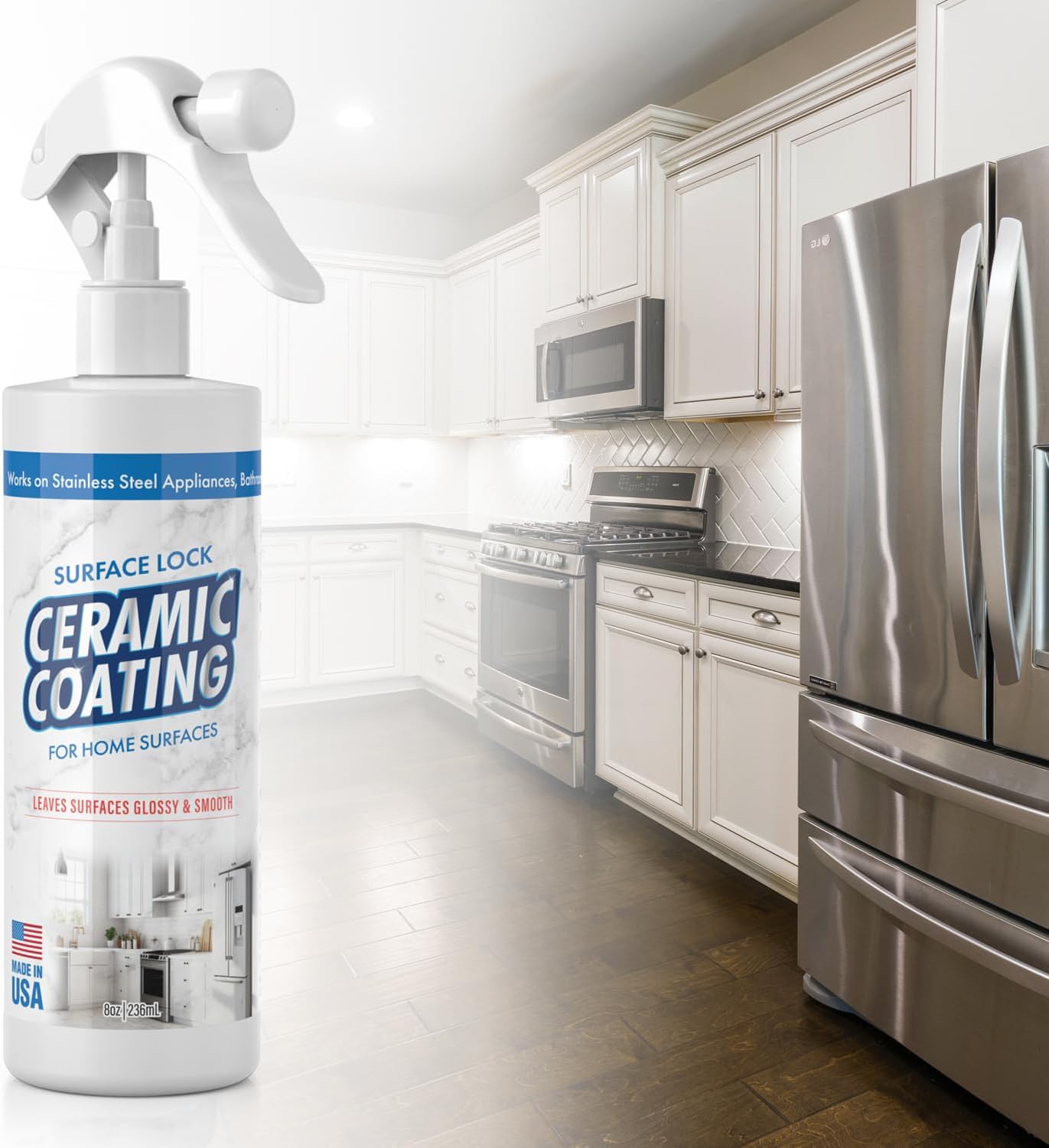Creating a dream kitchen involves more than just selecting beautiful cabinets and appliances; it also requires a professional and efficient design and construction team. Close collaboration with the kitchen design consultant, interior designer, and construction team is crucial to ensuring a smooth project completion. This article will provide a systematic overview of the collaboration process, team structure, and key communication points, helping you create a kitchen that is both practical and personalized.
1. Understanding Team Roles and Responsibilities
1. Kitchen Designer
Kitchen designers are responsible for space planning and visual design, familiarizing themselves with cabinet dimensions and layout details. They ensure the design fits the space and style requirements. For families who prioritize a culinary experience, choose a designer who understands both design and kitchen workflow.
2. Kitchen Consultant
A kitchen consultant differs slightly from a designer in that, in addition to design experience, they focus on practical cooking processes and optimizing movements. They consider safety, functionality, and efficiency, helping to design a kitchen environment that suits your cooking habits. Sometimes, a consultant can also serve as a designer.
3. Construction Contractor
Contractors are responsible for executing the construction, including plumbing, electrical, structural work, and final appliance installation. They ensure construction safety, ensure materials are in place, and coordinate the progress of various tasks. It’s crucial to choose an experienced contractor who listens to your needs.
4. Cabinet Maker (Carpenter)
Custom cabinetry and detailing ensure the quality and durability of your kitchen. They can provide expert advice on materials, hardware, and special features.
5. Appliance Sales and Installation Team
Choosing the right appliances is equally crucial. Professional sales staff will recommend products based on your cooking style, budget, and brand preferences. The installation team will ensure the appliances integrate smoothly into your kitchen system.
II. Overview of the Collaboration Process
1. Initial Communication and Requirements Reconciliation
Clarify your lifestyle, cooking habits, and design preferences. Prepare reference images, style boards, or descriptions of your living scenarios to help the designer or consultant accurately grasp your vision.
2. Budget and Schedule Setting
Have an open and honest discussion about the budget so the team can develop a reasonable plan within a financial framework. High-quality design often seeks the most cost-effective solution within budget.
3. Design and Development Phase
Designers provide floor plans, 3D models, or virtual tours to give you a visual understanding of the future space. Multiple feedback and revisions ensure both functionality and aesthetics are met.
4. Construction Preparation and Coordination
After the design is finalized, the contractor steps in to plan the construction steps, obtain necessary permits, and coordinate material procurement and labor scheduling. Designers often participate in on-site supervision to ensure that construction meets the design intent.
5. Construction Execution and Supervision
During construction, the team collaborates to resolve on-site issues. Maintain communication with consultants and designers to adjust details promptly and avoid extensive rework.
6. Final Acceptance and Ongoing Support
After construction is completed, a comprehensive inspection is conducted to confirm that equipment is functioning properly and that details meet specifications. A high-quality team will provide maintenance recommendations and after-sales support.
3. Communication Key: Ensuring Successful Collaboration
- Openness and Respect: Express needs and concerns openly, respect professional advice, and engage in rational discussions.
- Regular information sharing: Maintain transparency in project progress to avoid information silos and delayed decision-making.
- Clear responsibilities and authorities: Team members have clear responsibilities to avoid duplication or missed work.
- Appropriate involvement, no manipulation: Fully trust the team’s expertise and participate in decision-making at key milestones.
4. Additional Tips
- Hire professional consultants as early as possible to avoid costly late-stage revisions.
- Inquire about reference projects and client reviews to ensure the team’s experience matches your needs.
- Research different options and flexibly adjust design and budget to avoid being stuck in a single solution.
Good kitchen design collaboration is a blend of art and science. A well-coordinated team not only completes the renovation but also lays the foundation for your quality of life. Through thoughtful communication and precise planning, your dream kitchen will become a reality.









